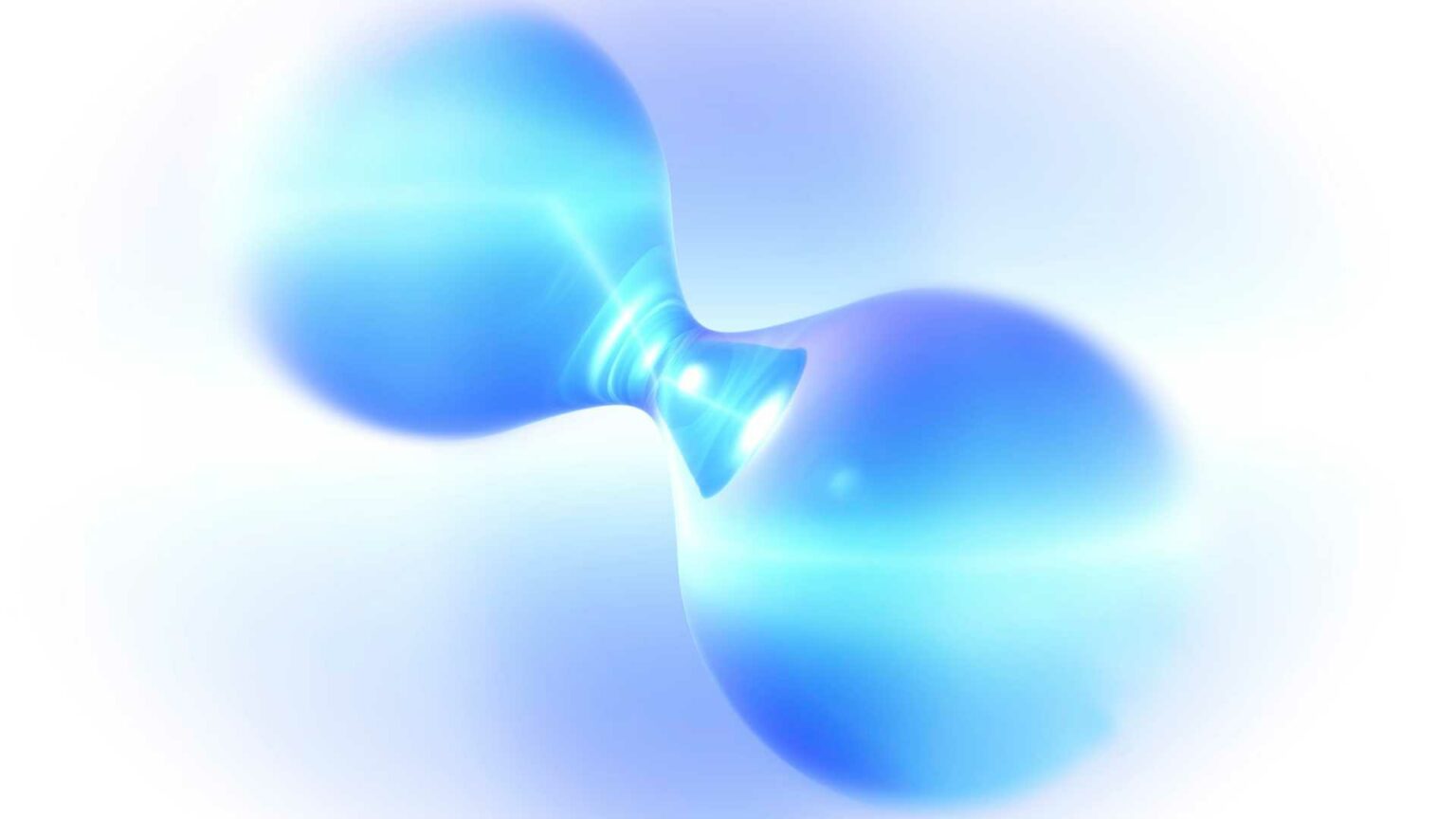In their latest patent, KOMATSU presents an innovative fuel cell system designed to enhance the efficiency and functionality of hydrogen-powered applications.
This fuel cell system integrates several critical components to improve overall performance while optimizing energy use.
Unique Features and Improvements:
The standout feature of this patent is the inclusion of a thermoelectric conversion element within the fuel cell system. The system consists of:
1. Fuel Cell: The primary component for power generation using hydrogen.
2. Thermoelectric Conversion Element: Positioned to face both the hydrogen-supplying member and the refrigerant-receiving member. This element plays a crucial role in converting temperature differences into electric energy.
3. First Member: Supplies hydrogen to the fuel cell, enhancing the hydrogen distribution process.
4. Second Member: Receives refrigerant from the fuel cell, ensuring efficient thermal management.
5. Storage Battery: Connected to the thermoelectric conversion element, it stores the electrical energy generated from the temperature gradients.
This integrated approach of combining a fuel cell with a thermoelectric conversion element is relatively unique and promises significant advances over current fuel cell systems.
Potential Applications:
This technology has broad potential applications, particularly in sectors where efficient and reliable energy conversion is crucial. These could include:
– Automotive Industry: Enhancing the performance and efficiency of hydrogen-powered vehicles.
– Power Generation: Providing a more efficient mechanism for generating electricity in remote or off-grid locations.
– Portable Energy Devices: Supplying reliable power sources for portable and emergency devices.
The introduction of this fuel cell system could impact the hydrogen market significantly by addressing some of the key challenges faced by traditional fuel cells. Primarily, the efficient conversion of excess thermal energy into electrical energy could improve the overall energy efficiency and reduce waste. Consequently, this could lower the operational costs and make hydrogen-based systems more competitive compared to conventional energy solutions.
Compared to existing solutions, this patented system offers a more integrated approach to energy conversion and thermal management. Traditional hydrogen fuel cells often struggle with thermal regulation and efficient use of heat energy. By contrast, the thermoelectric conversion element in KOMATSU’s design enables a more efficient use of thermal gradients, potentially offering a marked improvement in system efficiency and longevity.
Key technical features of the patented system include:
– Thermoelectric Conversion Efficiency: Enhanced conversion of thermal energy into electrical energy.
– Hydrogen Supply Optimization: Improved distribution of hydrogen to the fuel cell.
– Thermal Management: Efficient management of refrigerant to maintain optimal operating temperature.
– Energy Storage Integration: Seamless coupling with a storage battery for better energy utilization.





